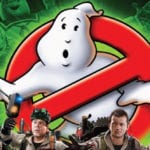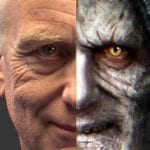 Miscellaneous
Miscellaneous  Miscellaneous
Miscellaneous  Our World
Our World 10 Green Practices That Actually Make a Difference
 Humans
Humans Ten Historic Men Who Deserve Way More Credit Than They Got
 Movies and TV
Movies and TV The 10 Most Heartwarming Moments in Pixar Films
 Travel
Travel Top 10 Religious Architectural Marvels
 Creepy
Creepy 10 Haunted Places in Alabama
 History
History Top 10 Tragic Facts about England’s 9 Days Queen
 Food
Food 10 Weird Foods Inspired by Your Favorite Movies
 Religion
Religion 10 Mind-Blowing Claims and Messages Hidden in the Bible Code
 Facts
Facts 10 Things You Never Knew about the History of Gambling
 Miscellaneous
Miscellaneous Ten Groundbreaking Tattoos with Fascinating Backstories
 Our World
Our World 10 Green Practices That Actually Make a Difference
 Humans
Humans Ten Historic Men Who Deserve Way More Credit Than They Got
Who's Behind Listverse?

Jamie Frater
Head Editor
Jamie founded Listverse due to an insatiable desire to share fascinating, obscure, and bizarre facts. He has been a guest speaker on numerous national radio and television stations and is a five time published author.
More About Us Movies and TV
Movies and TV The 10 Most Heartwarming Moments in Pixar Films
 Travel
Travel Top 10 Religious Architectural Marvels
 Creepy
Creepy 10 Haunted Places in Alabama
 History
History Top 10 Tragic Facts about England’s 9 Days Queen
 Food
Food 10 Weird Foods Inspired by Your Favorite Movies
 Religion
Religion 10 Mind-Blowing Claims and Messages Hidden in the Bible Code
 Facts
Facts 10 Things You Never Knew about the History of Gambling
Top 10 Giant Movie Monsters
[WARNING: Spoilers] Gigantic beasts have shocked and terrified movie audiences since the early 1930s. These monsters have entertained us in a variety of forms; from the stop-motion work of the legendary Ray Harryhausen, to modern motion capture technology. The creature feature genre began with the 1925 film, The Lost World, which featured a brontosaurus rampaging through London. The development of atomic weaponry, in the 1940s, gave a whole new kind of popularity to monster movies; some of which dealt with animals that became horribly mutated due to the effects of radioactivity. Movie monsters are often created in circumstances beyond their control, and are enemies of humanity because of their animalistic nature. Overall, cinema wouldn’t be the same without these terrifying beasts, and this list pays homage to them.
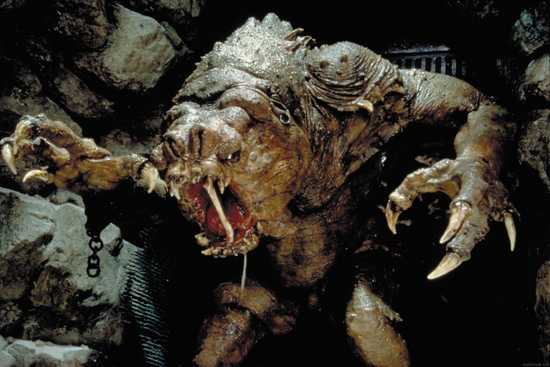
The Rancor is a savage and unintelligent animal whose only desire seems to be killing and devouring anything that has a pulse. In Star Wars: Return of the Jedi we first see the Rancor as the property of Jabba the Hutt, who feeds his enemies to it by dropping them through a pitfall trap into a cave where the Rancor lives. In early concept art, the Rancor resembled a crustacean and had a shell on its back; however this was later changed, with the end result resembling a kind of hideously disfigured dinosaur. The Rancor was also originally going to be played by a man in a suit, however the creators were not happy with the results. Instead, a small puppet was used as well as a high-speed camera to slow down its movements and create an illusion of immense size and power.
Interesting Fact: The Rancor was voiced by a Dachshund breed of dog.
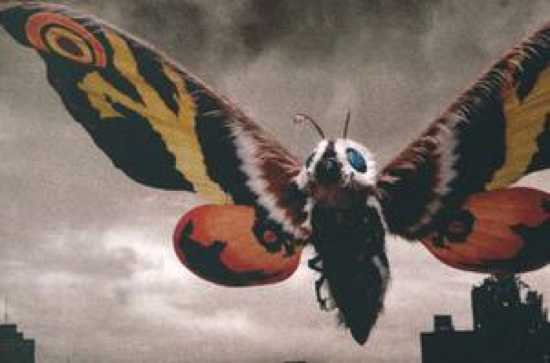
A list of giant monster movies cannot be complete without a shout-out to Japanese cinema. Mothra is a gigantic female insect that has appeared in numerous Kaiju (Japanese giant monster) films throughout cinematic history, beginning in the early 1960s in a film simply named Mothra. She is described as having a wingspan that exceeds 150 meters, with wings that are so powerful they allow her to create a tornado. Mothra is seen as a friendly beast and often works to protect humanity from other gigantic creatures that are attacking earth. Despite being monstrously over-sized, Mothra maintains some similarities with the average moth. For example, Mothra has been shown in movies to lay eggs that hatch into enormous larvae that then proceed to help her defeat her enemies. She can also shoot poisonous darts from her abdomen and trap enemies in a silk cocoon.
Interesting Fact: The distinctive shrill chirping sound of Mothra has been reused numerous times in Japanese cartoons. It has become a kind of a Japanese equivalent of the Wilhelm Scream.

Reptilicus was the subject of an early Danish 1960s film, which was one of many monster movies of the era. The film features Reptilicus rampaging through Copenhagen killing hundreds of civilians and destroying anything in its path. The gigantic reptile resembles a serpent with wings, and has a power of regeneration that makes it incredibly difficult to kill. Reptilicus also spits deadly green slime on enemies, that causes agonizing death. Its generic monster movie name is enough to guarantee a place on the list. Overall, Reptilicus is most memorable for being one of the first examples of a killer reptile in cinematic history. Furthermore, Reptilicus stood out and garnered significant popularity and a cult following, in a time period when cinema was dominated by crude, low-budget horror movies.
Interesting Fact: A deleted scene in the movie featured Reptilicus flying. This was cut from the final version as the producers felt it was too unrealistic. Of course, everything else is totally believable.
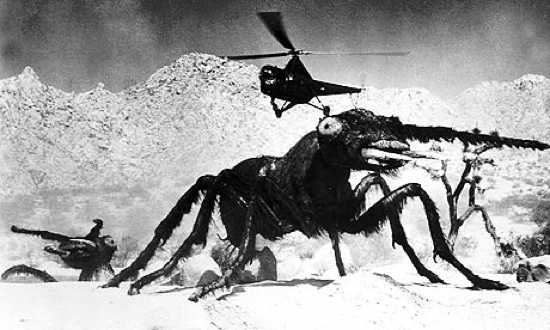
The idea of ants as the subject of a horror film may seem absurd to some, but seeing human beings dragged into an enormous anthill to be consumed is nothing short of terrifying. These ants have been hideously mutated and enlarged due to the effects of nuclear testing in New Mexico. After significantly growing in size, the ants developed a taste for human flesh and threatened to become the dominant species on planet Earth. What makes these ants memorable is that they are the first example of giant insects in cinema. Them! was originally going to be shot in 3D, with many 3D scenes cut for the final version, such as characters shooting flamethrowers directly into the camera, and extreme close ups of the ants chasing characters. Despite this, Them! has become a cult classic and was one of the highest grossing films of 1954.
Interesting Fact: When Them! was first released in Sweden, it was strangely named: “Spindlarna”. This translates to: “The Spiders”.
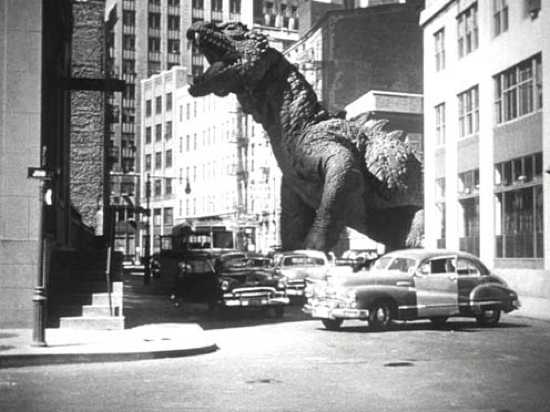
The Rhedosaurus is a stop-motion masterpiece created by animation legend Ray Harryhausen. Like many other famous movie monsters, this 10 meter tall lizard rampages through the city destroying buildings and eating people wherever it can. The Rhedosaurus does not have any special abilities such as breathing fire or spitting acid; it mostly relies on its razor sharp teeth and giant claws as weapons. In truth, the movie was designed to be extremely realistic, and indeed it was at the time of its release. The amazing stop-motion beast truly terrified people during the 1950s. The name Rhedosaurus strongly implies that this beast is a type of dinosaur, however no such dinosaur ever existed. The creature has qualities that exclude it from being any type of dinosaur; for instance, the Rhedosaurus has a forked tongue and dragging tail that no true species of dinosaur possesses.
Interesting Fact: The name: “Rhedosaurus” is thought have been named after the initials of its creator Ray Harryhausen.
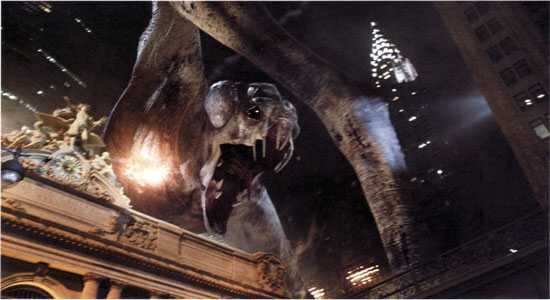
One of the things that make this monster truly terrifying is that we never find out what it is, where it came from or why it has suddenly decided to wage war on humanity. Cloverfield applied a brand new first-person perspective to the monster movie genre. As the film progresses we see and hear blatant evidence of massive destruction, yet we only see glimpses of the elusive monster. Throughout the film, the monster shows great resilience to modern weaponry. It even manages to survive attacks from stealth bombers and RPG fire. If that doesn’t make it dangerous enough, the creature also harbors parasites that live on its skin and drop off to viciously attack anything they see. Did I mention that anyone who gets bitten by one of parasites ends up exploding?
Interesting Fact: Three images are hidden in Cloverfield that appear for only a fraction of a second. They are screenshots from monster movies such as King Kong, The Beast from 20,000 Fathoms, and Them!.
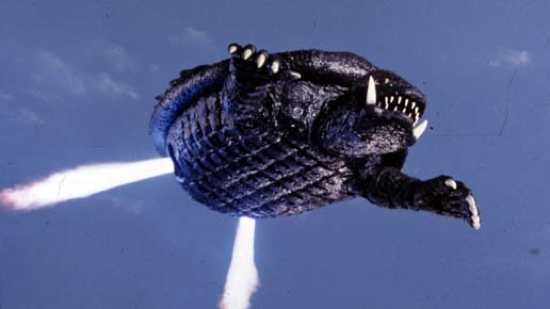
Gamera is a tremendously popular Japanese “Kaiju” who has defended the planet in 12 different movies, beginning in 1965. The friendly beast works to protect planet Earth from other ridiculously creative Japanese monsters that threaten to destroy humanity. Gamera is, effectively, a giant turtle with tusks that has all kinds of crazy abilities. Perhaps the most bizarre example is when he withdraws his legs into his shell and replaces them with rockets that allow him to fly. He can shoot fireballs and ice beams from his mouth, and his shell is said to be indestructible. In some movies he is also shown to perform acrobatic feats such as swinging from a pole and delivering attacks that resemble moves taught in martial arts. Gamera’s favorite thing in the world is fire, that he eats on a regular basis to recharge his rockets. Overall if you love seeing a man in a rubber suit, swinging a giant squid around his head by the tentacle, Gamera is the monster for you.
Interesting Fact: In the western world Gamera is relatively unknown, though in Japan he is said to be equally as popular as Godzilla.
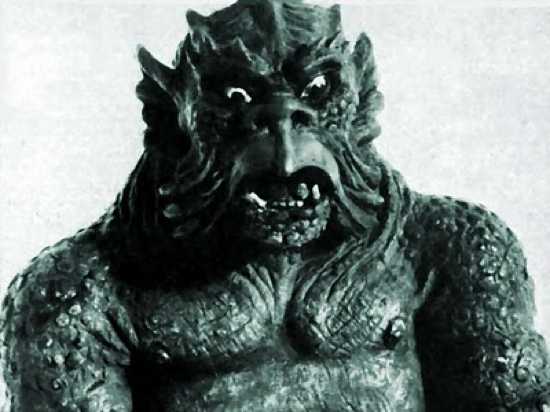
The Kraken was the last work of famous stop-motion animator Ray Harryhausen (also notable for The Rhedosaurus in The Beast from 20,000 Fathoms). According to the plot of Clash of the Titans, the Kraken was the most powerful Titan, created by Hades to destroy all other Titans and allow the Olympians to rule over humanity. It differs significantly in appearance from the traditional “giant squid” Kraken we have seen in Pirates of the Caribbean and other films. For one thing, this Kraken is humanoid and has a pronounced fish-like head. It has four arms, green scaly skin and a constantly pissed-off look on its face. Sadly we don’t see much clashing of Titans in either the original movie or the recent remake, and the Kraken is dead seconds after its release. Even so, the events leading up to the Kraken’s release make its eventual appearance thrilling and worthwhile. Despite the remade version of Clash of the Titans showing an extremely well animated version of the Kraken, the old version is a timeless masterpiece and the jewel in Harryhausen’s stop-motion crown.
Interesting Fact: The Kraken is described as being a Titan in Clash of the Titans; however the Kraken never appeared at all in original Greek Mythology and actually originated in Norse Mythology.
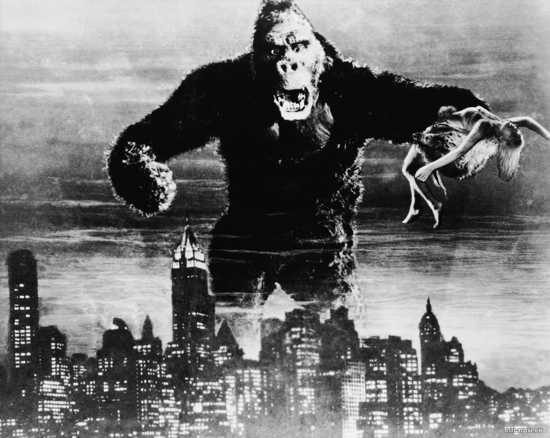
Since the ground-breaking 1933 movie, King Kong has become more than just a giant monster. Kong is perhaps one of the most famous movie icons of American cinema. He is described as the last of a breed of prehistoric ape that evolved in the isolation of Skull Island. Despite being incredibly large, there is nothing abnormal about King Kong and he displays the basic characteristics of an ape. Kong’s main assets are his acrobatic skills, which he utilizes during the famous scene when he climbs up the Empire State Building. Kong also possesses immense strength, which he demonstrates when breaking the chains that hold him whilst captive in America. The inspiration behind King Kong and Skull Island came from the discovery of Komodo Island and the giant lizard, the Komodo dragon. The first Kong was an 18-inch model, animated using stop-motion techniques. Andy Serkis acted the part of King Kong in Peter Jackson’s 2005 remake. This was done using motion capture technology in exactly the same way Serkis portrayed Gollum in the Lord of the Rings trilogy.
Interesting Fact: The original King Kong model sold, in 2009, at auction for over $200,000. It was covered in rabbit’s fur for the 1933 film, though this cover has since decomposed, leaving only a metal frame. You can view the model here.
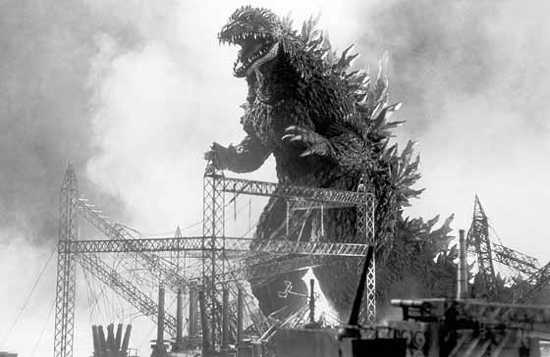
The greatest and most influential movie monster in history is, without a doubt, the king of monsters: Godzilla (Japanese: Gojira). Godzilla did not only kick-start the Japanese giant monster “Kaiju” craze, but became a pop culture icon, inspiring dozens of sequels to the original 1954 version, including a big-budget (albeit terrible) American remake, in 1998. Godzilla was conceived as a mutated product of nuclear detonations, and as a metaphor for nuclear warfare in general. The famous scene of the devastation of Tokyo in the 1954 film when Godzilla rampages through the city destroying everything in its path, is commonly cited as an indirect portrayal of the bombing of Hiroshima and Nagasaki, in 1945.
Physically, Godzilla is over 400ft tall (according to Godzilla: King of the Monsters) and resembles a dinosaur-like creature with gigantic spines on its back. Godzilla is widely accepted as the most powerful Kaiju, with numerous unique abilities and powers. His signature weapon is his distinctive atomic breath. Godzilla’s dorsal spines glow ominously, and then he lets loose with a concentrated blast of radiation from his mouth. This power is often mistakenly confused as fire breathing.
Interesting fact: The Japanese name for Godzilla (Gojira) is a cross between the Japanese words for a Gorilla and Whale, despite Godzilla resembling neither of these animals.



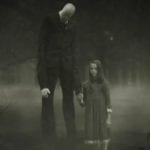

![Top 10 Most Important Nude Scenes In Movie History [Videos] Top 10 Most Important Nude Scenes In Movie History [Videos]](https://listverse.com/wp-content/uploads/2019/09/sharonstone-150x150.jpg)

